Resilience born in the eye of a never-ending storm
The brave people of Vanuatu have had to learn how to live with death, destruction and despair.
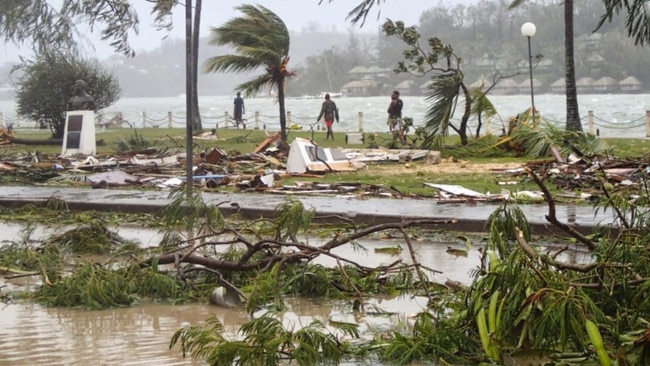
Rehydrating food stored in disaster-proof shelters may seem like the actions of a modern day “prepper” waiting for some science-fiction apocalypse, but for the people of Vanuatu, readying themselves constantly for the destruction of their homes, food and livelihoods is simply a reality.
With nine active volcanoes across its 83 islands and the unenviable record of suffering 20 to 30 cyclones per decade, Vanuatu is more at risk of natural disasters than anywhere else in the world, including twin tropical cyclones Judy and Kevin within days of each other in March 2023.
Locals aren’t just rebuilding from these catastrophes, but from cyclones that rained down destruction more than four years ago.
Lycee de Luganville, one of the country’s biggest schools, is still waiting for classrooms and dormitories damaged by Cyclone Harold in April 2020 to be rebuilt. In the meantime, students sit in makeshift rooms of corrugated iron that reach temperatures well into the 40s during summer.
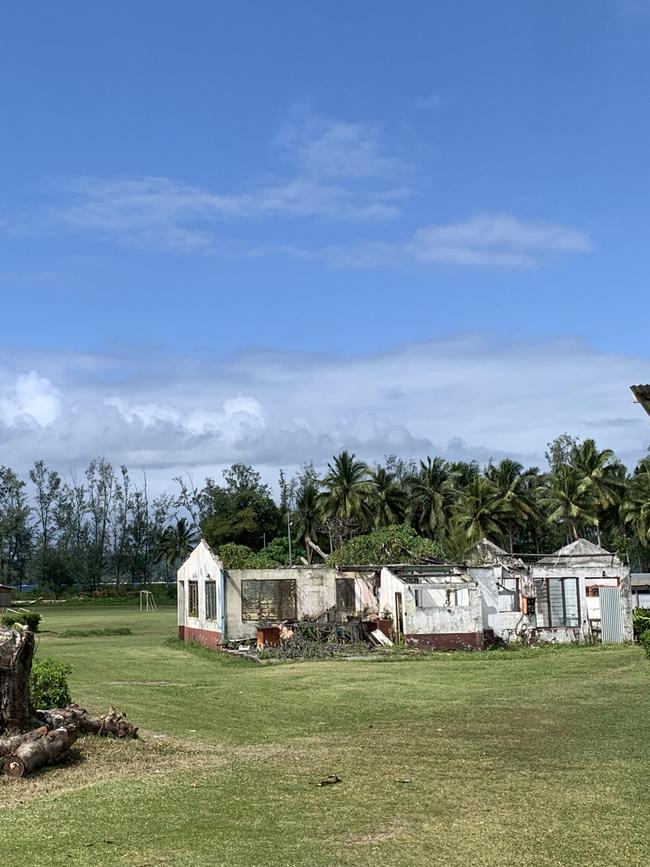
Principal Barthelemy Ngwele smiles as he picks up a plastic chair off what was once the school’s basketball court before it was turned into one of the temporary classrooms, talking about the students’ complaints with the good humour of a well-worn teacher.
“Sometimes it does get too hot to teach them in here, but they’re still doing well,” he says.
In the same breath as he speaks about their grades and their behaviour, he talks about preparing for the next disaster, of finding somewhere new for the soccer field that is now home to the hermit crabs that burrow further and further onto the school grounds as the tides, cyclones and earthquakes chip away at the campus each year.
An hour to the east, the people on the island of Ambae have fared little better. In 2017, the entire population of more than 11,000 was evacuated because of the thick ash erupting from the Monaro Voui volcano. As a result, many parts of the island were deemed uninhabitable due to the impact on housing, crops and water sources.
And yet the locals have found a way to not only survive, but to be considered the happiest people on earth, according to this year’s Happy Planet Index.
In large part, it’s thanks to the fellowship and togetherness of the people. When those from Ambae Island were evacuated, many were taken in by the Banban people of southeast Santo. A village that got access to pumped drinking water only this year through a Save the Children investment, Banban residents had no qualms about welcoming those displaced by the volcano into their community.
One of the displaced, John Bulo, says he is grateful to be living in a place where he knows the drinking water is safe. But despite living on an entirely different island, out of the volcano’s reach, Bulo and his wife Mary face new threats.
“My wife and I used to plant yams in the garden but there has been too much rain, yams will not grow,” says Bulo, who lost his sight in 2015. “I worry if another cyclone will come, what we will do. I am at home alone much of the time. We are still trying to rebuild the house from the last (cyclone), living in an unfinished house.
“Money is not what we want. We only want prayers.”
Fellow resident Joseph Kemuel agrees more money is not what is needed, as much as speed in rolling out the funds. A French teacher at the Lycee, Kemuel describes the anxiety of waiting for the school to be rebuilt under the shadow of the next cyclone.
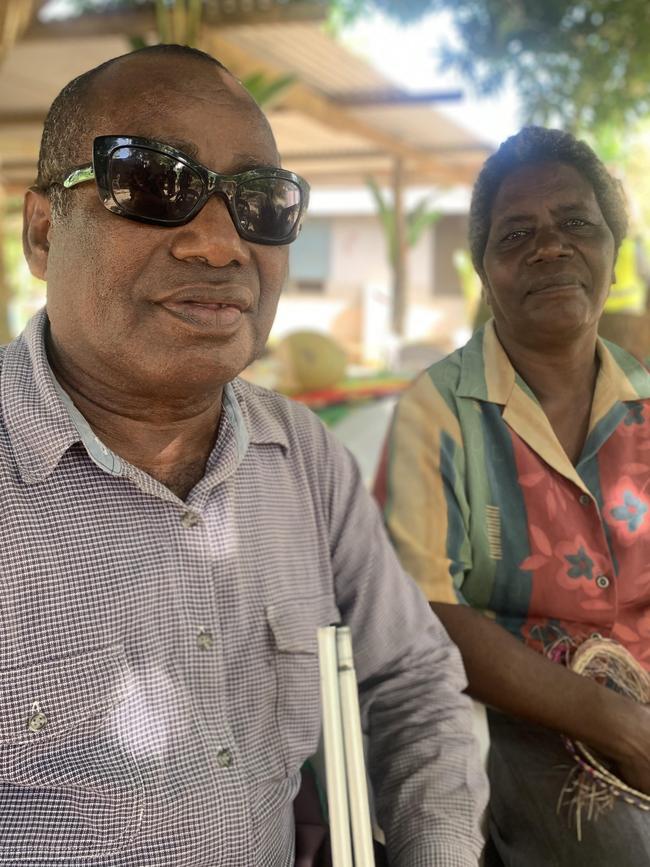
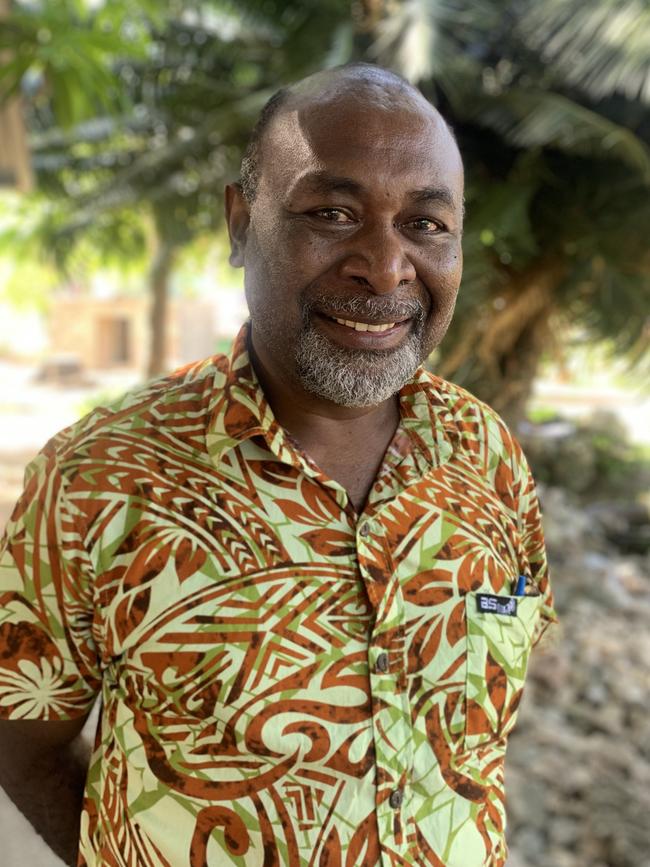
“It is hard to teach. We use many handmade fans to try keep the children cool in the summer,” he says. “We just need answers for when it can be rebuilt, so we can prepare.”
Kemuel and Bulo are not alone in their concerns for what will come next and how their families and communities will be able to bounce back again and again. It is a worry for most of the 330,000 Vanuatu population.
The lack of reprieve between the twin cyclones nearly overwhelmed the government, with huge demand for disaster relief, including the provision of food to its people spread far and wide across the Pacific Ocean.
On the island of Nguna, residents know that waiting on a disaster response after the next cyclone or earthquake may one day no longer be an option.
Resident Kali Ameara says there is no guarantee of what will be left in the aftermath.
“Even though we are getting used to the regularity of cyclones, the unpredictability is anxiety-provoking and everyone is on high alert,” he says.
“Then you have things like earthquakes, which are totally unpredictable, and that can be very frightening for some at the thought of possible tsunamis.”
But how do you prepare yourselves without outside aid? And on an island sustained by fresh produce that is at risk of being destroyed with each disaster?
For Ameara and fellow members of his community, the answer is dehydration.
“Considering the remoteness of communities separated by water, there should be better ways of preparing and pre-positioning for disaster,” he says. “Our project is focused on community food storage, food preservation and crop rotation. Teaming up with Save the Children … we were able to trial out the idea of food storage and food preservation in a pilot project.”
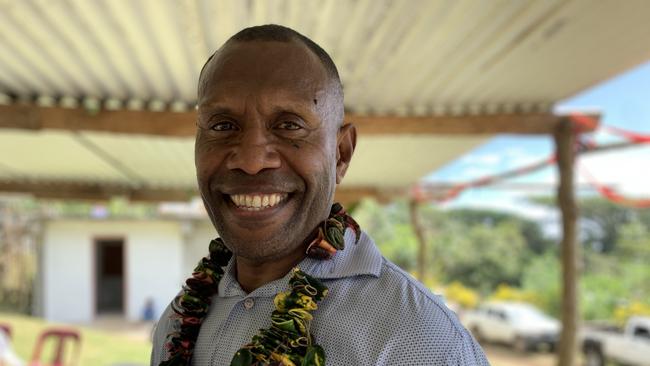
The project, which in less than a year has seen the growing and dehydration of more than 20kg of food, housed in cyclone-proof storage, in the village of Fareavau.
The idea of food dehydration at a local level is very much in its infancy. But, says Ameara, “the community have tried out some recipes of cooking dehydrated food, and so far they have enjoyed them and found out that 2kg of dried food can go a long way.”
And as communities continue to try to bolster themselves against disasters and prepare for their recovery, there is help nearby. Australian-based Respond Global provides disaster response to some of the most remote islands of Vanuatu, much of it achieved through HELPR-1.
Once a cruise ship built for hedonistic leisure, HELPR-1 now acts as a floating hospital and source of disaster relief for thousands of Vanuatu residents.
Originally bought in January 2022 with the help of philanthropic contributions to assist the country with its Covid-19 vaccination rollout, the ship and its operators have reached more than 130,000 people, serviced 350 solar installations, provided disaster management training to three provincial governments and delivered more than 24,000 Covid, measles and other early-childhood vaccinations.
“It’s no coincidence we chose to support Vanuatu, being a unique long chain of islands with huge logistics issues, contributing to disadvantage to outlying communities,” says Respond Global managing director Ian Norton.
“By helping bring local health teams from Port Vila and Luganville to the outer islands, communities are getting access to services normally unable to reach them.”
For many people in the Western world, the notion of “withstanding the storm” falls more frequently into the world of metaphor. A hard slog at the desk. A battle against bureaucracies. A family fallout.
But for the people of Vanuatu, the metaphor becomes literal and is everyday business.
On every island and in every setting, there is a simple accepted truth for the people of Vanuatu that they will find a way.
A tribute to Sarah Carter
For more than a decade, Save the Children has been taking delegations of MPs to communities across Africa, the Pacific and Asia to show them how Australian aid is used and where the need remains.
A key pillar to this program for the past 10 years was 45-year-old Sarah Carter. A Victorian councillor and former Maribyrnong mayor, Carter was also the Australian Regional Leadership Initiative manager, organising more than a dozen delegations.
In the words of Save the Children chief executive Mat Tinkler, she “turned a kernel of an idea into a legacy program that has shifted hearts and minds for a decade”.
Indeed, the 2024 Vanuatu trip was no different. Despite the country’s domestic airline, Air Vanuatu, slipping into voluntary liquidation earlier that year, Carter was able to organise an entire delegation of Labor, Coalition and Greens MPs who travelled to numerous islands by boat, seeing the work of the disaster relief team on the vessel known as HELPR-1 at the same time.
Tragically, within days of the trip ending, Carter was found deceased in her Melbourne home.
The shock of seeing her in her element – directing politicians and diplomats alike with a fierce intelligence and passion – in the same week she died is indescribable.
Her legacy lives on in those whose eyes she endeavoured to open to some of the poorest parts of the world.
Save the Children paid for the author to visit Vanuatu.




To join the conversation, please log in. Don't have an account? Register
Join the conversation, you are commenting as Logout